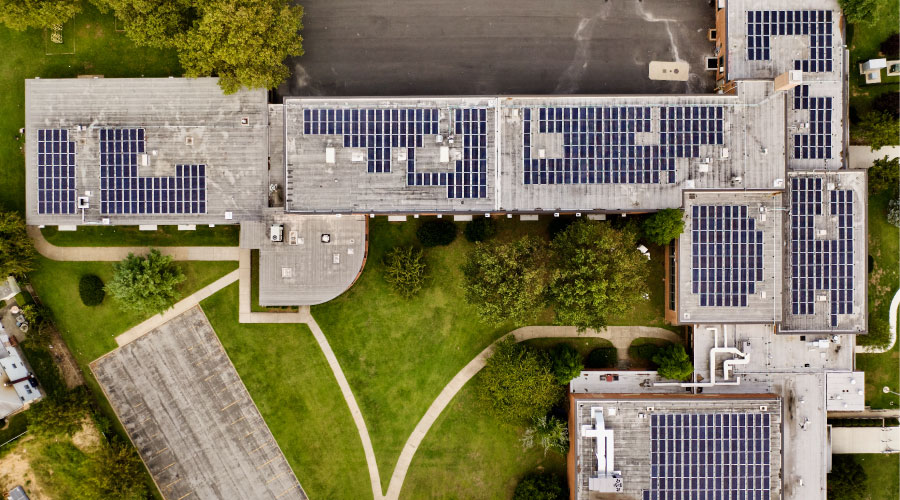 Before providing a warranty, roofing manufacturers typically require the contractor to submit the intended system to the manufacturer for review.
Before providing a warranty, roofing manufacturers typically require the contractor to submit the intended system to the manufacturer for review.Know The Advantages and Benefits of Roofing Warranties
Second of a three-part article explaining everything FMs ever wanted to know about roofing warranties.
The most important advantage of a warranty is that it gets the manufacturer involved in the roof installation, and any extra eyes on a roofing project is a benefit.
First, the manufacturer may provide a review to assure the system meets its qualifications. Most manufacturers require that the roofing contractor submit their intended system to the manufacturer before starting the roofing project. If no architectural or engineering consultant is involved in the selection of the roofing system, this manufacturer review is essential, even though it is a minimum review done primarily for the manufacturer’s benefit. It’s better than nothing.
Second, because the manufacturer wants to minimize its exposure, it will also do an inspection of the roof to be more comfortable that the roof has been applied according to the manufacturer’s installation instructions before the warranty is issued. Once again, this is mostly for the manufacturer’s benefit but again better than nothing. It is always helpful to have an extra set of eyes on the installation. Manufacturers have lists of approved applicators that are, in general, more familiar with the methods of installing the manufacturer’s roofs and in many cases are preferred installers. If a warranty is to be obtained, one of these contractors must be used to install the roof. If the manufacturer is selective about which contractors can become an approved applicator, this can help the building owner to select a more competent roofer and hopefully obtain a better quality installation.
If the building is to be sold, a transferable warranty can give the buyer some comfort that the roof is still within its design life. A caution here to buyers, however — an intact warranty is no substitute for a good due diligence inspection by a qualified roofing architect or engineer.
Building owner responsibilities
A warranty can provide repairs or replacement of the roof if there is an issue due to product failure or installation problems as long as you have kept to the terms of the owner’s responsibilities. So it’s important to understand those responsibilities.
One major responsibility is maintenance. Many owners evaluate a warranty based on its length. Unfortunately, the length of a roof’s service life has very, very little to do with the written warranty. The service life is a function of how the roof has been designed, installed, and maintained. Roofing is like a three-legged stool. Take out one of the legs, and the stool does not stand up. Roofing manufacturers recognize maintenance as the third leg of the stool, and most specifically include a stipulation that the roof must be maintained on a regular basis for the warranty to remain intact. In fact, lack of maintenance is one of the main reasons for a manufacturer to deny a warranty claim for a roof failure. You can liken this to car maintenance. If you never change your oil, when the engine blows up, no car manufacturer will honor a warranty because of your lack of maintenance.
The other big responsibility is that most warranties stipulate that the building owner must notify the warranty holder in writing within 30 days after a leak occurs. Failure to notify the manufacturer of leaks can void the warranty. The reason is that if a leak can be remedied while it is still a minor annoyance, it has less chance of becoming a major disaster. Because manufacturers wish to limit their exposure, fixing a small leak will cost them less than replacing a roof so they want to know about them as soon as possible.
Warranties also tend to have exclusions where the warranty does not apply at all. These usually include standing water, wind over gale force, movement in the structure, materials not supplied by the manufacturer, blistering, and other items that will be listed in the warranty.
Related Topics:














